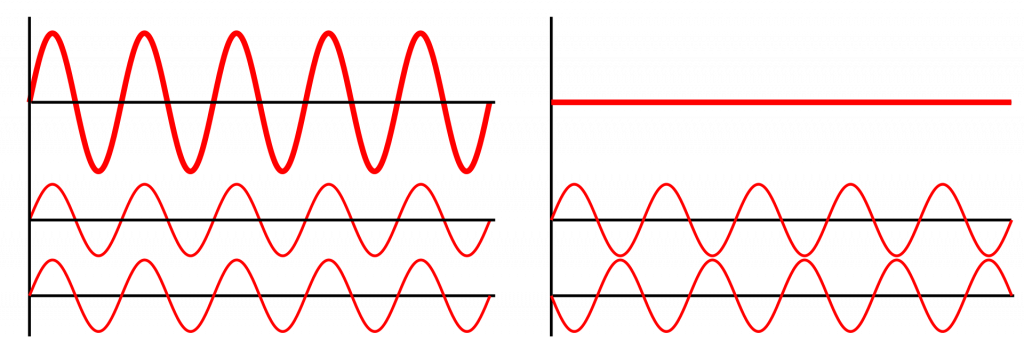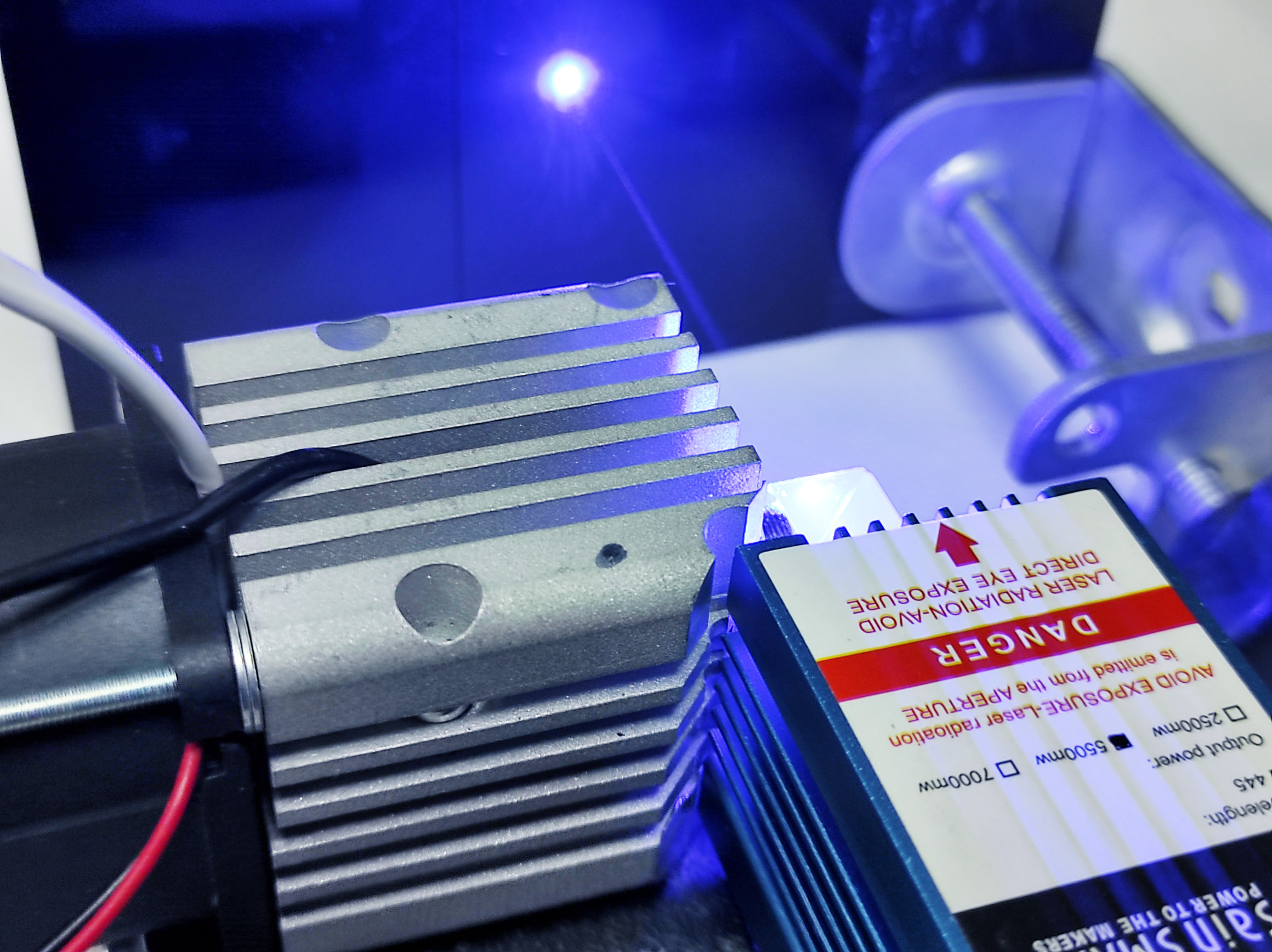
Since the 2 diodes do not know anything about each other’s phrases, and for this reason, they each work independently.
Based on this, each will have its own interference pattern.
There is an idea to run one diode and get an interference pattern for one (using Young’s slits)
then start the second one to get the same interference pattern.
In the case of the same interference, it will be possible to assume that they have the same phases
To start the second diode, a trimming mechanism is needed, which would provide the start time of the second, depending on the start of the first.
We assume that the diode coherence length will be the same and it is equal to the resonator length, which means it is a fraction of an mm.
assuming that the speed of propagation of light is 300,000,000 meters per second, or
300,000,000,000 mm per second we need to be able to catch the phase at the coherence length level
those. it is not necessary to catch the phase for just one wave
300,000,000,000,000,000 nm with a frequency of 300×10 ^ 15 Hz
and to catch the phase having the coherence length.
We consider that the diode operates with more or less constant phase and more or less one coherence length
then we can at a frequency of 300 x 10 ^ 9 Hz, which is equal to 300 Gigahertz …
Some interesting effects were observed in 5 watt 445 nm blue laser pointer.
